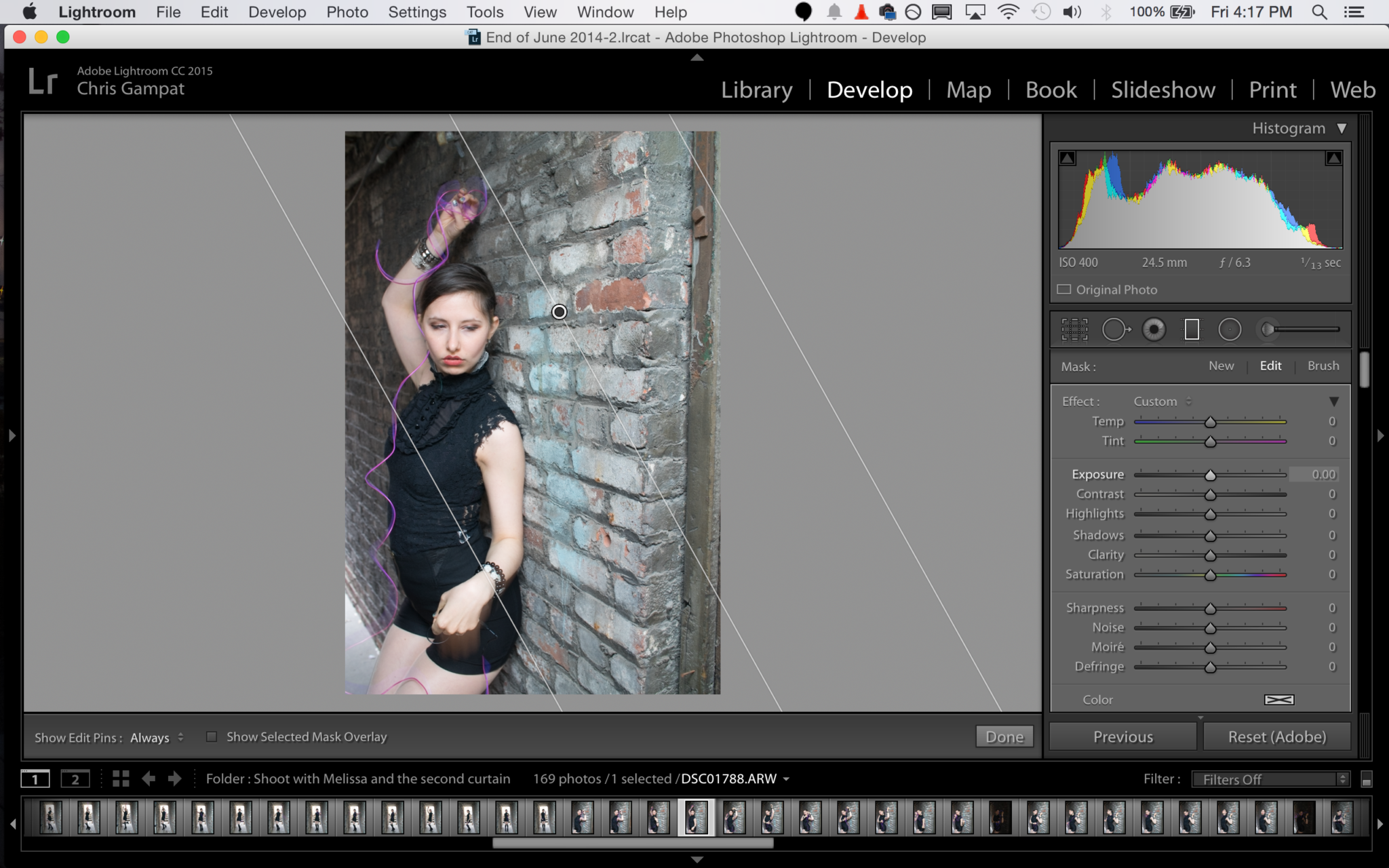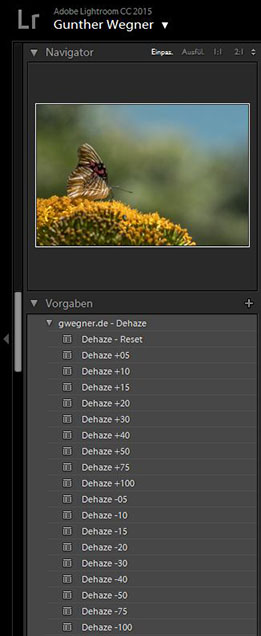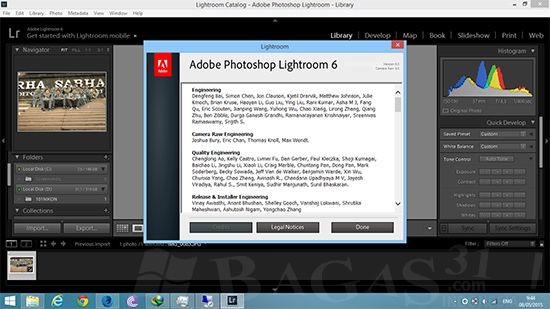

Ideally, you want to calibrate your monitor to be the correct brightness. If this is the case, you will find your photos look dark when printed or viewed on other people’s monitors. If you see a gap on the right side of the histogram yet the brightness of the photo looks okay to your eye, it could be a sign that the brightness of your monitor is set too high. This is what the photo itself looks like after that simple adjustment. Here, I set Exposure to +1.6, and the histogram looks much better. You may be able to push it a long way to the right without losing any highlight detail. The Exposure slider is quite clever and increases brightness mostly in the mid-tones to prevent highlight clipping. As you do so, the histogram also moves to the right. While it is best to get the exposure right in the first place, you can fix this by moving the Exposure slider to the right. The photo generating this histogram was underexposed by over a stop.Ī look at the photo confirms the histogram is correct and that it is underexposed (too dark). If there is a gap on the right side of the histogram it probably indicates that the image was underexposed (an exception would be if the photo has lots of dark tones but few light ones – like a photo of a black cat sitting on a black rug).


This simple example shows you how you can push sliders around, using the histogram to make sure that you don’t lose highlight or shadow detail. Notice how the histogram has changed from above to the one below. If I set Highlights to -100 the detail comes back in the sky and there is no clipping. This may not be important, but it indicates that perhaps I increased the Exposure too much. You can see from the screenshot that only a small part of the sky is clipped. If you click the icon, clipped highlights are displayed in red in the image. The Show Highlight Clipping icon is colored white to indicate this. If I set Exposure to +1.00 for this particular image, the histogram tells me that I have lost detail in the sky. The Clipping icons also come in useful to indicate if you are losing detail in the highlights or shadows as a result of making adjustments in the Basic panel. This is a good sign, as most photographers expose to preserve highlight detail. The Show Highlight Clipping icon on the right is colored gray to indicate that there are no highlights clipping. If you click on (or hover over) the Show Shadow Clipping icon, those clipped shadows are shown in blue in the photo. In this histogram, the Show Shadow Clipping icon is colored white to show that the image contains clipped shadows (this is perfectly normal in many images and nothing to worry about). Use the keyboard shortcut key J to show and hide clipping.
#Adobe lightroom 6 how to
How to check for clippingĬlipping is indicated by the Show Shadow Clipping and Show Highlight Clipping triangular icons in the top left and right (circled below).

Important: Please note that the following features work with the Develop module histogram, but not the Library module histogram. The histogram changes as you move sliders around in the Basic panel, so you can immediately see the effect. It also tells you whether the original photo was over or underexposed. This information lets you decide whether you need to adjust exposure and contrast. It also tells you how much contrast the photo has. The histogram tells you whether you have any clipped highlights or shadows. You also need it in the Develop module so you can see how any adjustments you make during post-processing affect the histogram. In the Library module, it helps you see what is happening to your image when you make adjustments in the Quick Develop panel. The histogram is found in two places, at the top of the right-hand panels in both the Library and Develop modules. It helps you get brightness levels spot on and edit images without losing highlight detail. Its main purpose is to help you understand the relationship between the sliders in the Basic panel and the tones in your photos. The histogram in Lightroom is a useful tool that is easily overlooked.


 0 kommentar(er)
0 kommentar(er)
